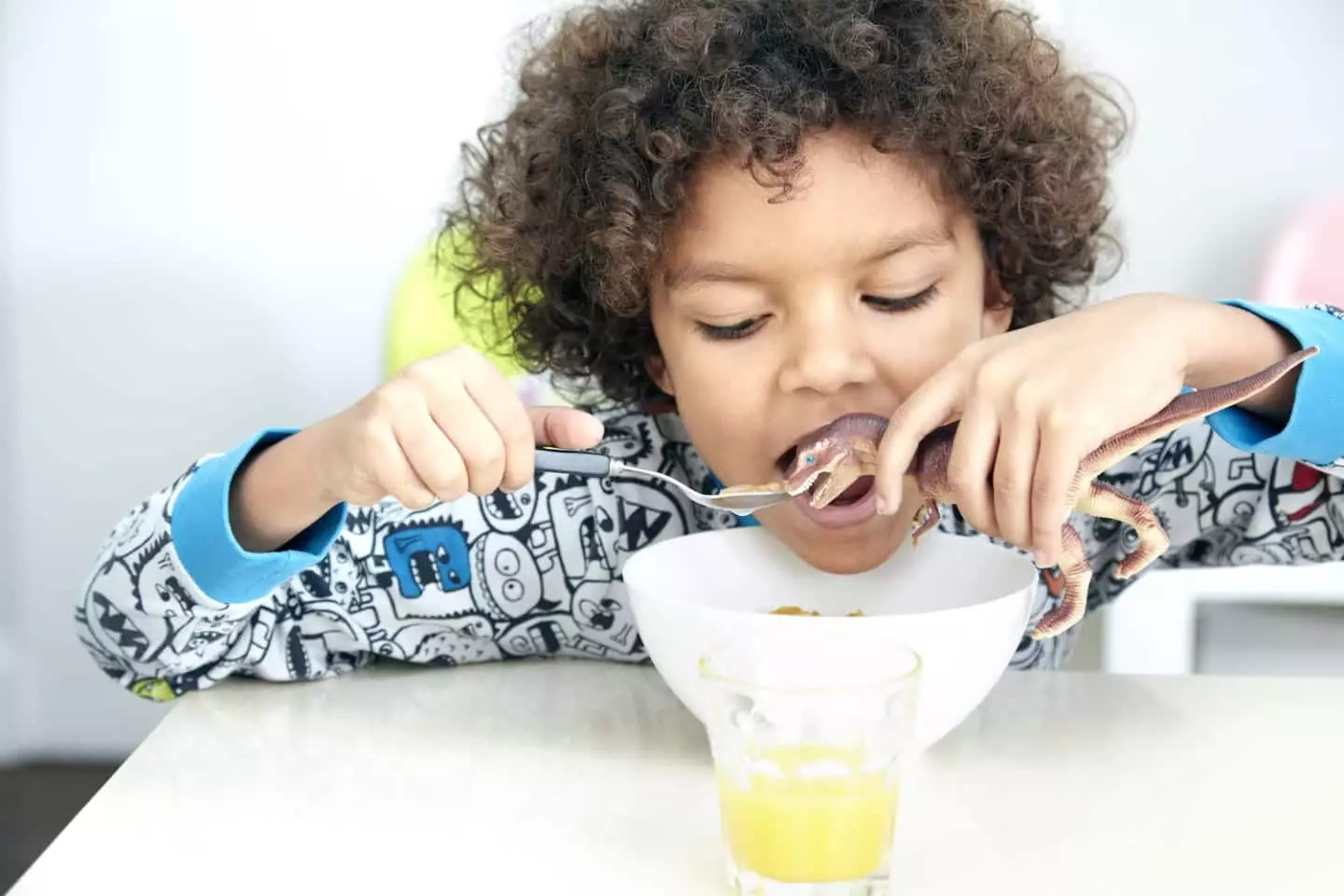The concern surrounding the safety of our food has reached a fever pitch lately, particularly among parents anxious about what they are feeding their children. With alarming headlines citing numerous food recalls—including popular items like crackers and cereals due to Salmonella infections—the urgency for regulatory reform has been emphasized, notably by organizations such as the American Academy of Pediatrics. This summer, a less discussed but equally pressing issue has highlightsthe presence of glyphosate, a chemical commonly found in the herbicide Roundup produced by Monsanto, in several breakfast cereals.
The Environmental Working Group (EWG), a non-profit organization advocating for public health and environmental safety, recently conducted independent laboratory tests on breakfast cereals to determine their glyphosate content. They discovered that a staggering 31 out of 45 cereal brands had glyphosate levels that exceeded their self-imposed safety benchmark of 160 parts per billion (ppb). This finding is particularly alarming considering the controversy surrounding glyphosate, which has been at the center of legal battles attributing the chemical to health risks, including cancer.
The regulatory landscape regarding glyphosate is inconsistent and often contentious, further complicating public perception. While California’s Office of Environmental Health Hazard Assessment classifies it as “known to cause cancer,” the Environmental Protection Agency (EPA) holds a different view, suggesting a much higher tolerance level of 30 parts per million (ppm). This divergence creates confusion among consumers trying to navigate the safety of the products they purchase.
The discrepancies in glyphosate safety standards can send mixed messages to consumers. For instance, while the EWG focuses on lower thresholds, many major corporations, including General Mills and Quaker, assert that their products remain well within the limits established by the EPA and the European Commission. Their claims can give consumers a sense of reassurance, yet it raises questions about how much we can truly rely on regulatory agencies.
The protected status of glyphosate by various significant institutions might appear as a safety net, but it does not align with the increasing public discomfort each time glyphosate is mentioned. The fact that several breakfast cereals, which families often consider staples, contain levels of a chemical associated with serious health risks creates an atmosphere of skepticism.
In response to the growing public concern, food corporations have publicly defended their practices. Representatives from Kellogg’s, Quaker, and General Mills have made statements asserting the safety and quality of their products in alignment with regulatory standards, emphasizing their commitment to consumer health. However, EWG President Ken Cook critiqued this corporate posture as “tone-deaf,” pointing out that companies should be proactive in urging their oat suppliers to eliminate glyphosate usage in the desiccation process before harvest.
This dynamic highlights a critical moment for consumer activists who are advocating for clearer labeling and greater transparency in food production. The push for organic options has gained momentum, as many parents are now wary of the potential risks associated with conventional agricultural practices. The EWG’s findings indicated that the 16 organically-grown oat products they tested did not exceed their safety benchmarks, encouraging health-conscious consumers to seek out organic alternatives.
The Path Forward: Educating Consumers
As nuanced and complex as the issues surrounding food safety may be, educating consumers remains paramount. Families must weigh the risks, benefits, and available alternatives in a market where definitive answers are often hard to come by. Parents should be encouraged to check product labels, seek out organic options, and understand the implications of the chemicals in their food.
Moreover, systemic changes in agricultural practices and food regulation are necessary to foster an environment where consumers can feel secure about their food choices. As the debate over glyphosate unfolds, it may push both producers and regulators to adopt more stringent safety measures.
The glyphosate controversy is just one aspect of the larger conversation regarding food safety and public health. With the rise of consumer awareness and advocacy, the pressure will undoubtedly mount for manufacturers to ensure that their products are not only safe and nutritious but also free from harmful chemicals. The interconnected roles of corporations, regulatory bodies, and consumers will ultimately shape the future of our food supply—one where safety and transparency are not just ideals but standards upheld across the board.

